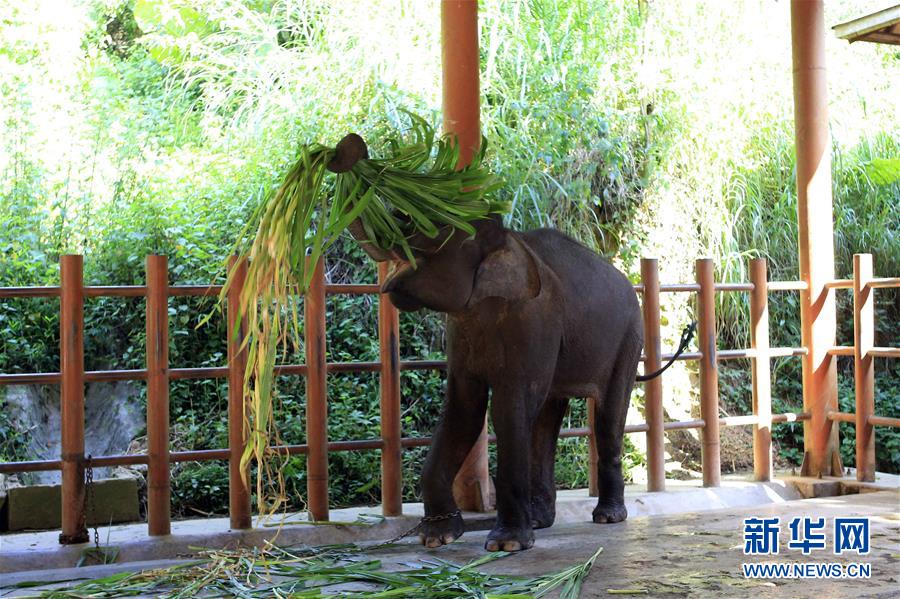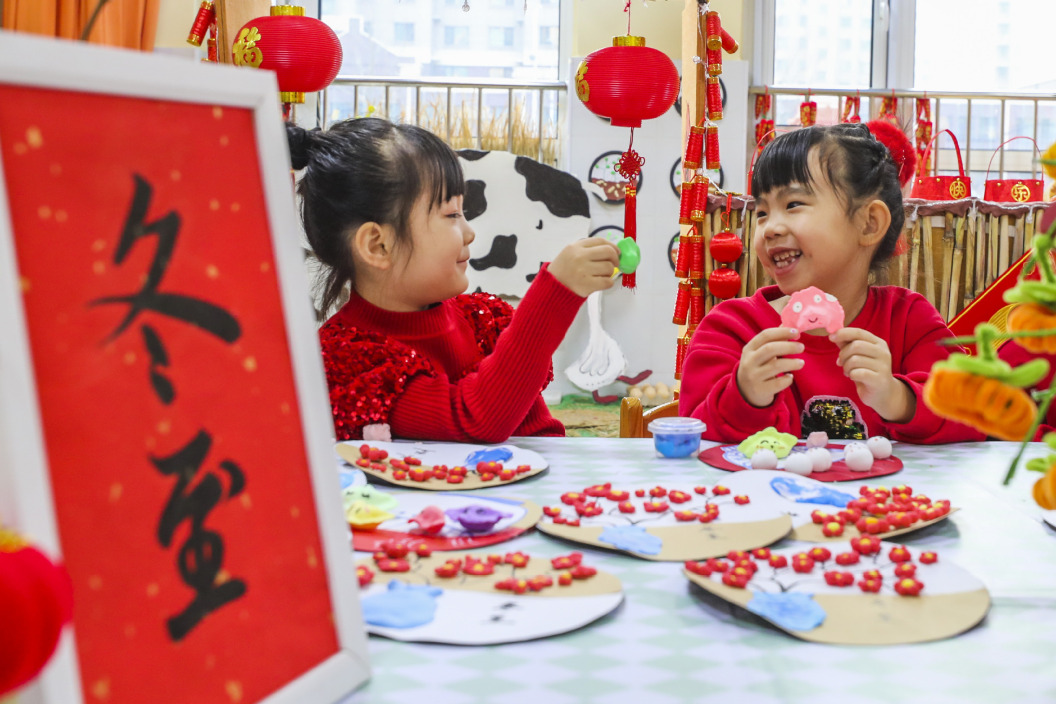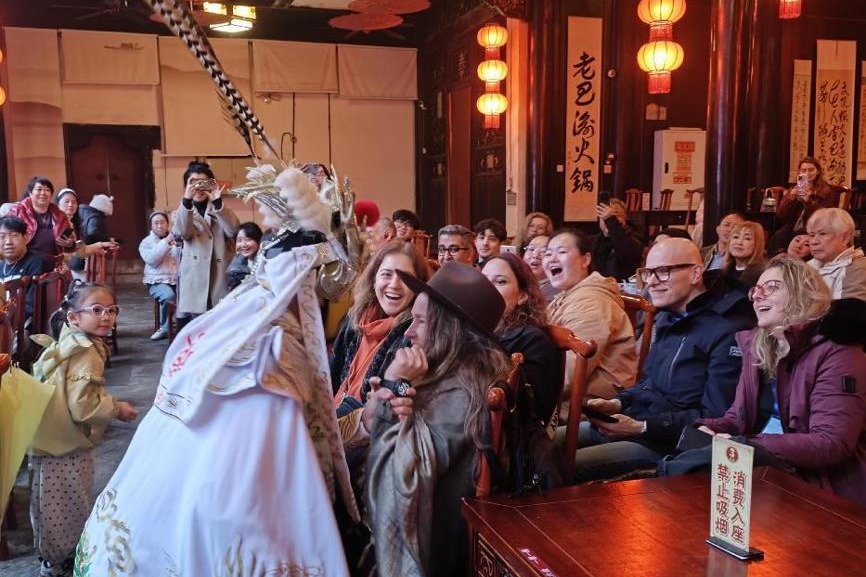Captive elephant breeding helps revive the giant


Throwing stones, firing a handgun, and yelling, the rescuers tried their best to take the baby away without hurting the other elephants. When they finally succeeded, the rescuers wasted no time cleaning the wound and escorting her to a local rescue station where Ranran was carefully looked after.
Three years later, the center was established in Xishuangbanna National Nature Reserve, a 241,776-hectare rainforest, to research the captive breeding of wild elephants, rescue, and house those in need, as well as maintain the number of the rare species.
Ranran was the first lucky girl that was treated at the center.
Since 2008, the center has rescued more than 20 wild Asian elephants, 11 of whom are still accepting medical care and rehabilitation training at the sanctuary.
The elephant group, often called king of the land, is the largest land animal on earth, though the Asian ones are slightly smaller than their African cousins.
The animals are under Class-A protection in China and are included on the International Union for Conservation of Nature (IUCN) Red List of Threatened Species with African elephants listed as "Vulnerable" and Asian elephants "Endangered".
"Enhanced protection for wild animals and captive elephant breeding measures have led to a rise in the elephant population in recent years," Bao said. "In the 1980s, only about 170 wild Asian elephants were living in Yunnan."
"Through captive breeding, the mating intervals can be effectively shortened, which will increase the reproduction rate of female elephants and the number of the giant," Bao said.
It is estimated that the population in Yunnan has risen to around 300.
"Ranran is shy and timid and suffered serious leg injuries when rescued, so we had to make enough preparations for her conception," Bao said.
In August, when Ranran was due to give birth, the center installed cameras to monitor her behaviors. Since September, staff at the center found an increasing hormonal readiness of Ranran and arranged experienced caregivers to take care of the mother.
On the birthday, mahouts prepared soft quilts and grasses in advance. "The giant gave birth at a certain height from the ground and we had to make sure the calf would not be hurt. We also put the baby on a specially-made mattress, helping the animal feed from her mother."
According to Bao, captive breeding can provide researchers with more knowledge on the reproduction and nurturing behaviors of the anima. With the help of the experienced caregivers, the survival rate of the newborn calves could also be enhanced.
"It can also help avoid genetic degradation and pave ways for developing artificial insemination in the future," Bao said.
- China unveils a new AI meteorological model
- Beijing explores robots to support aging population
- Aid cadre decides to stay permanently in Xizang
- Inner Mongolia's two ports named national smart port models
- Ministry lodges stern representations with US over $11b arms sales plan to Taiwan
- Unlocking life in Gansu: an Egyptian professor's journey with the Five-Star Card




































